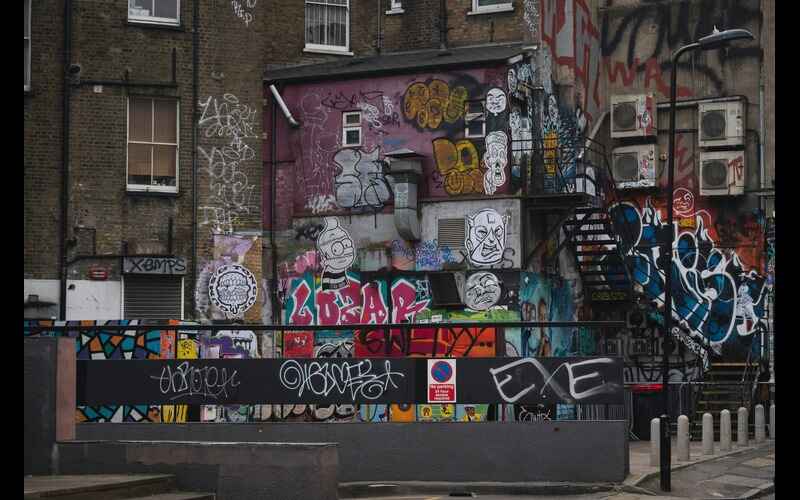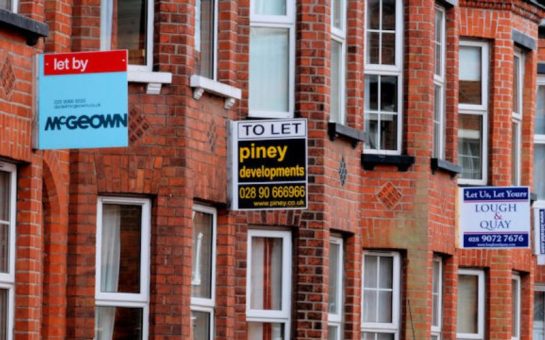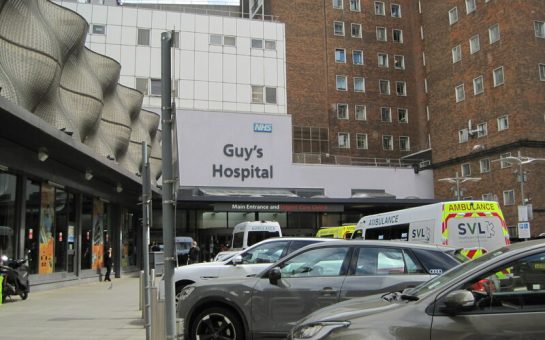All bar one of London’s constituencies have registered an increase in the percentage of children living in absolute low-income families compared to three years ago.
Only the Cities of London and Westminster constituency showed a decrease – a meagre 0.4% – between 2022 and 2024, with every other London area on the rise, according to the Department of Work and Pensions (DWP).
The average change in this period saw an increase of almost 3.5% across London of children – defined as under-16-year-olds – living in absolute low-income families, with Ilford South, East Ham, Bethnal Green and Stepney, Croydon West surging by more than 6%.
CEO of Child Poverty Action Group (CPAG) Alison Garnham said: “That isn’t what people want for the country’s kids and it’s a long way off Government’s vision of better opportunities and living standards for all.
“London should be a great place to grow up but there are children in poverty all over the capital.”
To see the percentage in your constituency, search on the graph below:
What does this mean? What are absolute low-income families?
The DWP states that those in absolute low income are defined as having their net equivalised income below 60% of the median income of the Financial Year End 2011.
This is then adjusted for inflation, according to the DWP website.
The Office for National Statistics (ONS) terms equivalised income as a methodology that adjusts household income to account for the different financial requirements of different types of household.
Some key indicators are the size and makeup of the household, as living costs for adults are normally higher than for children, and larger households tend to require additional benefits.
Further stipulations are also required to qualify for absolute low-income family status.
The DWP also states: “A family must have claimed Child Benefit and at least one other household benefit (Universal Credit, tax credits, or Housing Benefit) at any point in the year to be classed as low income in these statistics.”
The London Story
This average London increase between 2022 and 2024 of nearly 3.5% more children living in absolute low-income families translates to nearly 60,000 in the capital.
The picture for London is mixed, recording some of the highest and lowest figures in the UK.
Richmond Park, south west London, had the lowest percentage in the whole of the UK, registering 4.3% in 2024, itself the highest the constituency has seen in the previous decade.
In the same year, the London constituency with the highest proportion of children living in absolute low-income families was Bethnal Green & Stepney, with nearly 30%.
This figure is more than five percent higher than any other area in the capital, and places it in the top ten percent of all constituencies across the UK.
Aina Omo-Bare, Founder of Idia’s Community Kitchen, located in Tower Hamlets – the same borough as Bethnal Green and Stepney – says the situation in London is only getting worse.
She said: “I have been exposed to a lot, and I’m not going to shut my eyes to it. I know what hunger is like, because I have seen people who have gone without.
“I’m a mother, I’m human, I’ve got brothers, sister, children, nieces and nephews, and these other people are my family too.
“I would hate to see the youth of today, who are the leaders of tomorrow be destroyed by our society. So if all of us can put in our little bit, I’m sure we can make the world a better place.”
Her organisation, whose initial aim was to provide the underprivileged with hot meals, has evolved into a broader project, creating a safe place where people can come down for conversations, spend time, and get whatever help they need.
In recent years, they have focused on looking after children after they finish school in the afternoons, giving them snacks and preventing them from being exposed to young adults who are into drugs and alcohol, according to Omo-Bare.
The three constituencies which followed Bethnal Green and Stepney in the rankings were also situated in North or North East London: East Ham (24.1%), Holborn and St Pancras (23.7%), West Ham and Beckton (23.0%).
The national context: how does London compare to elsewhere in the UK?
London’s average increase (around 3.5%) rests just below the UK average trend in those three years (3.9%), which saw over 500,000 more children reach the threshold for living in absolute low-income families nationwide.
This meant that London accounted for over one in ten children in absolute low-income families across England, Wales, Scotland and Northern Ireland.
As shown in the graph above, only two out of the 12 regions of the UK have a lower number of children in low–income absolute poverty families than a decade ago: Scotland with over 12,000 less, and 17,000 less in Northern Ireland – the latter a drop in 5%.
However, in 2024, both of these areas registered an increase from three years previously in 2022, with Scotland increasing by over 5,000, and Northern Ireland by over 20,000.
Yorkshire and the Humber region recorded the highest percentage in 2024 with 26.6%, with the West Midlands in second with 25.5%, meaning over one quarter of children in these areas lived in absolute low-income families last year.
This compared to London’s overall average of 15.1% in 2024.
It is worth noting that only one of London’s constituencies – Bethnal Green and Stepney – recorded a higher percentage than the average of both Yorkshire and the Humber and the West Midlands.
What are some of the causes? What can be done?
Two-child benefit limits affecting low-income families
Garnham believes that the biggest driver of rising child poverty is the two-child benefits limit forcing families – most of them working – to live on less than they need, meaning children go hungry and are cut off from opportunities like afterschool club and school trips.
Announced in 2017, under the two-child benefit limit, families claiming universal benefit could not claim an additional amount for their third child and beyond.
Those who were claiming benefits for more than two children before 6 April 2017, were still eligible to continue their original amount.
Alison Garnham said: “The Government must scrap the two-child limit and step back from cuts to disability benefits.
“Anything less and we’ll have more children going hungry and a government whose legacy will be more child poverty at the end of its first term than when it took office.”
In a Parliament debate on the two-child benefit cap on 17 March, Alison McGovern, Minister for Employment the department’s commitment to bringing children out of poverty.
She said: “All children matter. We are taking account of a considerable range of different policy options, carefully working through the impact that they would have, but all the children in this country matter.
“As soon as the Secretary of State and I were appointed, we got to work to establish our child poverty taskforce, as promised in Labour’s manifesto, and those efforts are ongoing.”
Housing reform
Mairi MacRae, Director of Campaigns and Policy at Shelter, believes the plight of children in low-income families is intertwined with the housing crisis, and the effects are already taking their toll on London communities.
Observing the damage it has caused in her experience with the charity, she argues the effects experienced by absolute low-income families are most visible in the poor – and often absent – standards of housing.
She added: “Every day we hear from desperate families who are crammed into grim one-room B&Bs and hostels, often plagued by damp and mould.
“Children are living with no space to do homework or play, having to share beds and are at risk of them and their families being moved miles away from schools and support networks at a moment’s notice.”
MacRae also blames the rise in absolute low-income families on a lack of government planning, and a lack of affordable homes for those who are struggling to cope financially.
She said: “Only by building safe, secure, and genuinely affordable social homes will families have the foundation they need to thrive.”
Published on 26 March, a day before the release of the DWP’s child poverty statistics, Chancellor of the Exchequer Rachel Reeves delivered the Spring Statement outlining areas for growth and possible changes to the budget in the previous autumn.
The Spending Review will take place on 11 June, setting out plans for key public sector reforms.
A government statement read: “This will not be a business-as-usual Spending Review.
“The government has fundamentally reformed the process to make it zero-based, collaborative, and data-led, in order to ensure a laser-like focus on the biggest opportunities to rewire the state and deliver the Plan for Change.
“At the Spending Review, the Budget in the autumn and across the Parliament, the government will continue to prioritise growing the economy to deliver change.”





Join the discussion